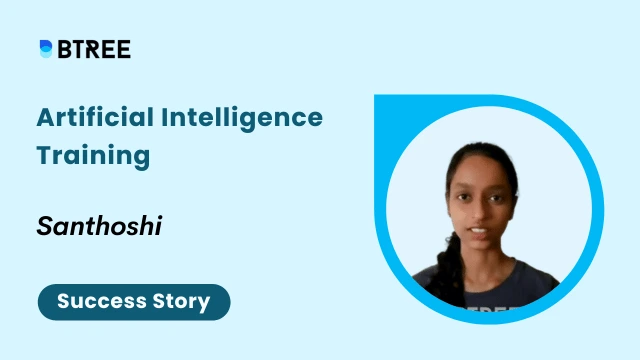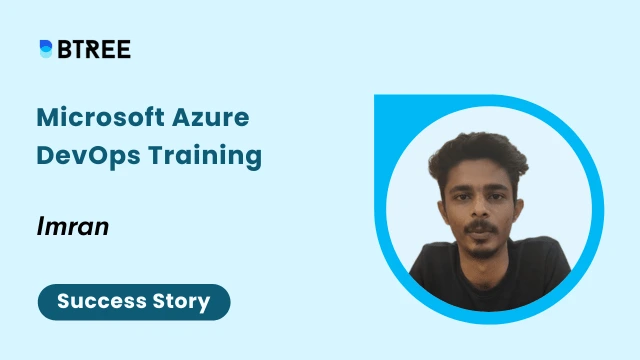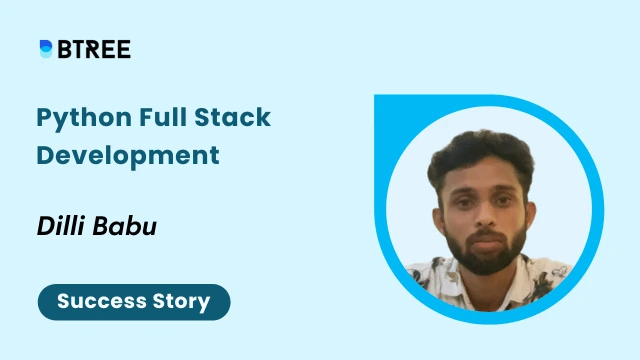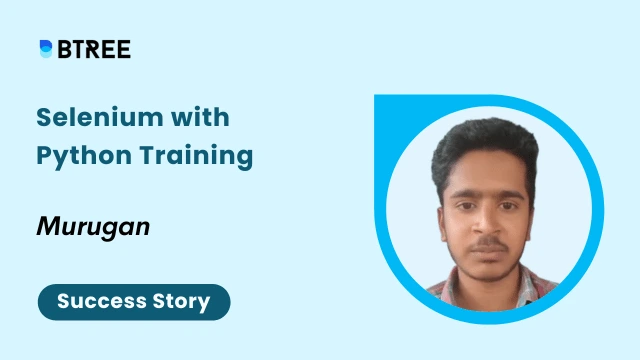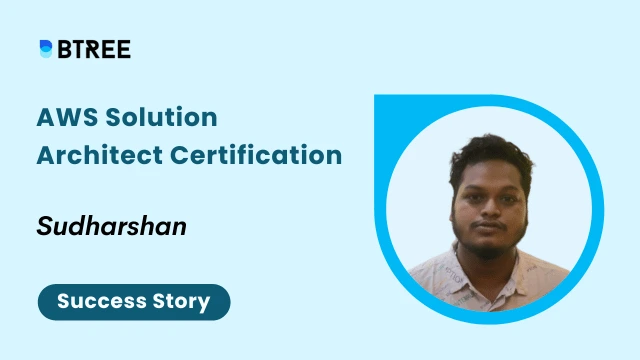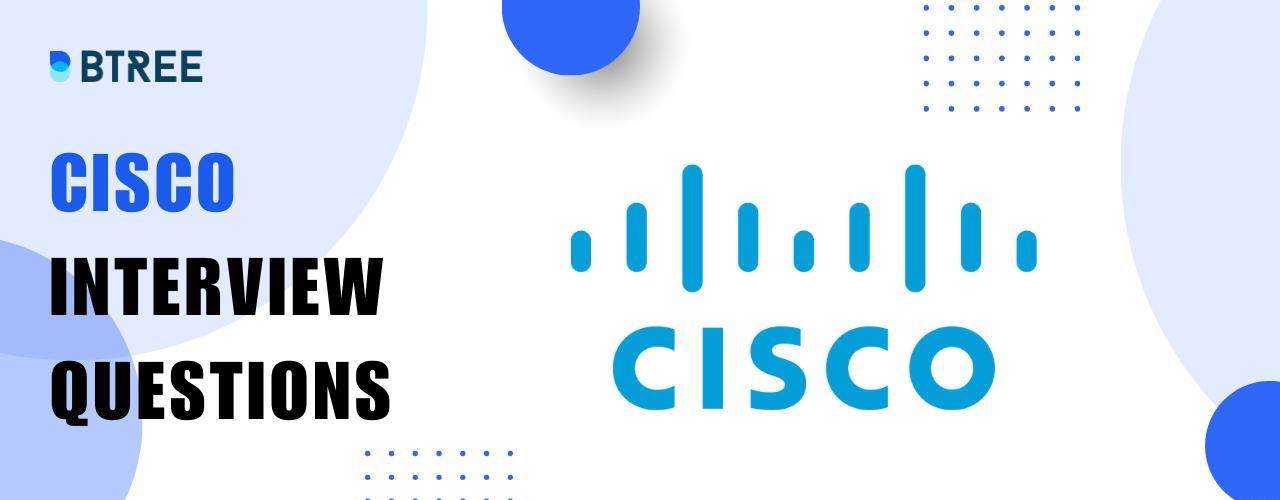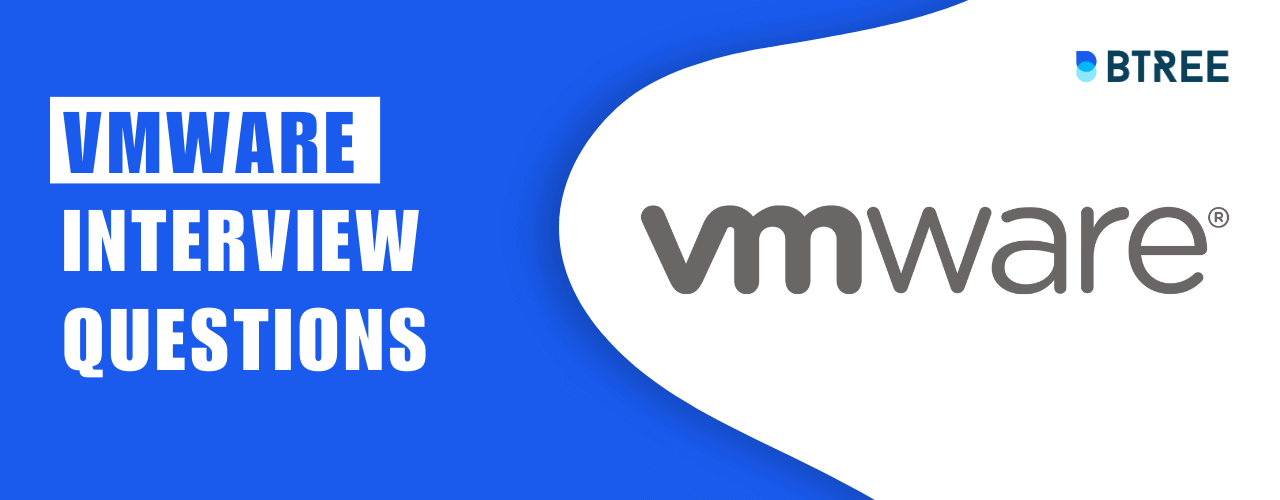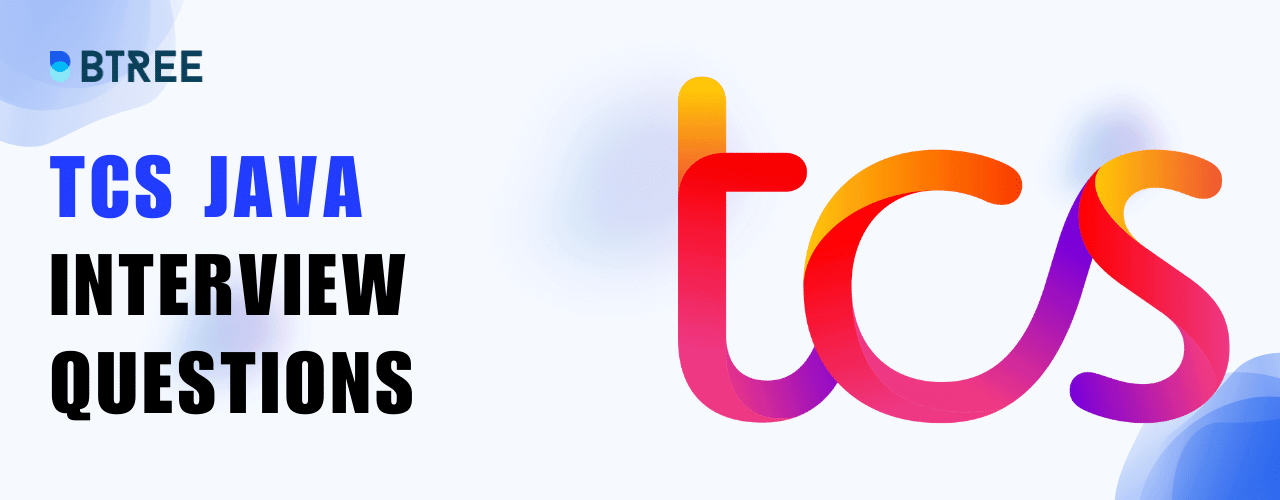EY Interview Questions

About EY
Ernst & Young is a professional services firm established in the United Kingdom that offers digital strategy, strategy consulting, financial advising, and tax consultation. EY Is headquartered in London and has over 700 offices across the world. It is ranked with the Big Four and firms such as Deloitte, KPMG, and PwC. EY was created in 1989 as a consequence of mergers of various older enterprises, the oldest of which was Harding & Pullein, which was founded in 1849. EY’s revenue has surpassed US$ 40 billion as of 2021. EY’s goal statement is “Create a better working world.” It is an excellent location to work for any professional seeking a steady and well-paying job.
In this blog, we will go through the EY Hiring Process in depth and how to effectively prepare for the EY Interview.
What is EY GDS?
A career in Global Delivery Services (GDS) is a dynamic and genuinely global delivery network of over 65,000 individuals who collaborate across borders to provide creative and strategic business solutions to EY member firms and EY clients across the world.
From accountants to coders, we provide a diverse range of rewarding employment opportunities across all business disciplines. We seek evergreen talents, and our positions grow in tandem with industry trends. We also collaborate with Finance, Business Development, Technology, People, Procurement, and Risk Management units to ensure that EY teams run as efficiently and effectively as possible.
EY Interview Process
The EY Interview Process consists of various rounds to assess the professional talents and hire perfect candidates for the relevant jobs. At EY, there are essentially three Interview stages, which we will go through in depth to help you understand
Aptitude Test: Candidates must answer around 30 questions in this test to help evaluate their thinking and behavioural qualities.
Logical and Verbal test: This test, which also has 30 questions, is meant to assess applicants’ logical thinking, verbal reasoning, and inductive reasoning.
Coding Questions Test: The third component comprises a coding question test that must be completed in 30 minutes. To pass this test, you must be well-versed in algorithms and data structures. It might be a mix of multiple-choice and advanced coding problems. The questions are typically of medium complexity.
EY Recruitment Process – Eligibility Criteria
Applicants must fulfil the following EY eligibility criteria:
- In 70% of situations, completion of the 10th and 12th grades are required.
- The year difference between the candidates is no more than one year.
- A candidate who is participating in the recruiting process should not have any backlogs.
- The branches competent to fulfil the EY eligibility criteria are CSE, IT, ECE, and EE.
- Those with exceptional communication and interpersonal skills were selected for EY Recruiting.
EY Interview Questions
Here the list of basic EY Interview questions asked in EY for both beginner and advanced professional.
1. What do you mean by normalisation?
Normalization is the process of organising data in a database. Tables can be used to eliminate data redundancy and inconsistent reliance. This was initially proposed by Edgar F. Codd. The tables are established in accordance with particular principles, which increase the database’s flexibility. Normalization is a critical procedure for a variety of reasons. The most obvious benefit of normalisation is that it frees up a lot of storage space, which helps with speed.
2. What does “inter-company reconciliation” mean?
The process of reconciling transactions between two legal entities is referred to as intercompany reconciliation. This is common when two firms are under the same corporate roof. As a consequence, one business or subsidiary will function as the buyer and the other as the seller.
3. What are the advantages of integrating stored procedures?
There are several benefits of employing stored procedures. The most essential advantage is that it aids in the development of sophisticated database applications. This makes them scalable and improves performance.
4. What is object-oriented modelling?
Object-oriented Modelling (OOM) is a method of applying OOPs ideas to various phases of software development. Using models, we conceive about solutions in terms of real-world challenges in this method. The primary goal of this method is to close the semantic gap between the system and the real world. It is frequently used to test the object before we begin building it. It is also useful for collaborating with consumers. This method is used to create less complex projects in order to increase their performance.
5. Define RDBMS.
It is an abbreviation for relational database management systems, and it is based on E.F. Codd’s relational model. It is one of the most popular and widely used databases. It is a set of apps that allow the IT staff to communicate with the relational database. It helps people to create, save, update, and manage databases.
EY Tax Analyst Interview Questions
1. What is the purpose of a lock, and what is the difference between a shared lock and an exclusive lock?
To maintain the isolation of property holdings in transactions, data objects must be accessed in a mutually exclusive way. It simply implies that when one transaction accesses a data item, no other transaction may alter that data item.
To meet this criterion, we can enable transactions to access data items only if thEY have a lock on them.
| Shared lock | Exclusive lock |
|---|---|
It enables read-only operation. |
It supports ready and writing operations. |
Prevent others from updating the data. |
Prevent others from viewing or modifying the data. |
There is no limit to the number of transactions that can hold a shared lock on an item. |
Just one transaction may hold an exclusive lock. |
A shared lock action is used to request one. |
Exclusive lock procedure is used to seek an exclusive lock. |
2. What exactly is a transparent DBMS?
A transparent DBMS is one that conceals its physical structure from users.
3. What exactly is a deadlock?
A deadlock occurs when more than one process is stalled because it is holding a resource but also demands another resource that is simultaneously being obtained by another process. This may be shown using the following real-world example:
Imagine two trains travelling in opposing directions on a railway track. One is waiting for the other to pass, yet neither can cross the other.
4. What is the purpose of DML?
A data manipulation language (DML) is offered for database modification and processing.
5. What exactly is intended by the interface?
An interface is a class’s blueprint. It includes static constants as well as abstract methods. It is a method of achieving abstraction. In other words, an interface can include variables and abstract methods but not method bodies
Our Lovely Student feedback
EY GDS Tax Analyst Interview Questions
1. Where do we usually make an index?
The index is often created when a table is created in the database. With MySQL, for example, we may use the following lines to construct a table with an index and two columns, column1 and column2.
mysql CREATE TABLE t_index (column1 INT PRIMARY KEY, column2 INT NOT NULL, column3 INT NOT NULL, column4 VARCHAR(20), INDEX (column1,column2))
We may use the following statement to create an index to the table:
mysql CREATE TABLE t_index CREATE INDEX [index] ON [table] (column)
Index: It stands for the index’s name,
Table: the name of the table to which the index corresponds is represented by table, and column.
Column: This displays a list of columns.
2. What benefits come from utilizing stored procedures?
The term “store procedure” refers to a form of SQL code that may be repeatedly utilized and stored by the user for use at a later time.
Syntax:
CREATE PROCEDURE name_of_the_procedure AS sql_statement GO
The following are some benefits of stored procedures:
Increased output: When the same piece of code is used again, output has increased.
Improved performance: Stored procedures are built just once and saved in executable form, which results in faster and more efficient calls to the function.
Simple to maintain: Keeping a procedure up to date on a server is far simpler than keeping up with its duplicate on a separate client computer.
Security: By granting people access to stored procedures only when thEY have the appropriate rights, we may limit access to Oracle data.
3. Discuss memory management.
A computer that supports multiprogramming keeps the operating system in a small portion of memory while other portions are used by various tasks. Memory management is the process of allocating memory to various processes.
The need for memory management
- Memory use that is effective.
- To reduce fragmentation
- Time a procedure is being run, to guarantee data integrity.
- To monitor the amount of RAM that various processes are using.
4. Describe the C functions malloc() and calloc().
By supplying the size, the malloc() method, sometimes referred to as the memory allocation function, is used to dynamically allocate a block of memory.
Syntax:
ptr = (cast-type*) malloc(byte-size)
For example,
ptr = (int*) malloc(100 * sizeof(int));
given that int has a 4 byte capacity. As a result, this instruction allocates 400 bytes of memory, with the first byte’s location held in ptr.
The calloc() method
The contiguous allocation function, sometimes referred to as the calloc() function, is used to dynamically allocate memory in the form of pre-allocated blocks of a particular size.
Syntax:
ptr = (cast-type*) calloc(n, size)
For example,
ptr = (int*) calloc(10 * sizeof(int));
5. A thread, what is it? A thread’s distinction from a process should also be explained.
An execution route within a process is represented by a thread. Several threads may be present in a process. While processes operate in independent memory regions, the threads inside a process share a shared memory space.
EY Technical Interview Questions
1. What does the terms impairment and amortization mean?
The word impairment is typically linked with long-term intangible assets that have had their market value severely lowered. Amortization is the process of gradually repaying a debt by making periodic payments to diminish the value of an intangible asset.
2. What is the concept of intercompany reconciliation?
Intercompany reconciliation is the process of reconciling transactions between two legal entities. These two businesses are under the same corporate roof. In this transaction, one subsidiary acts as the buyer, while the other acts as the seller.
3. What exactly is a securities transaction tax?
The federal government collects it as a direct tax. This is collected by the government on gains and profits made on the domestic stock exchange, such as shares, futures, and options.
4. What are the advantages of integrating stored procedures?
Store procedures can be used to build complex database applications. This improves performance, usability, and scalability.
5. Do you consider BCNF to be superior to 2NF and 3NF? Why?
Absolutely, BCNF outperforms 3NF and 2NF because it is a more potent type of normalization than 3NF and 2NF.
Ernst and Young Interview Experience
Naveen, 6 years with EY (Ernst & Young)
How can I ace an Ernst & Young job Interview?
- If an honest answer is required, you must have the following three skills:
- Excellent communication abilities (includes good fluency)
- Honesty
- If you have confidence in what you know, you’ll breeze through all rounds till your luck runs out.
- Interviews are an excellent approach to get to know individuals better and learn about their working styles and accomplishments. Assume that the Interviewer is a buddy. After all, he or she is a human being who is looking for a decent colleague to work with rather than looking for flaws in you.
- Best wishes
Athira, EY (Ernst & Young) Data Scientist 1 year
I got the EY Interview around a month ago through campus placement. Disclaimer: I am a seasoned professional who is now pursuing a PG.
I had been hunting for a job at EY for about four years, so when the chance arose, I was understandably concerned.
The most critical aspect of landing an Interview at EY Is confidence. The kEY Is confidence. If you don’t know the answer, you should be confident enough to tell so without being frightened.
Salim, Assurance Senior at EY (Ernst & Young)5 years
How should I prepare for an Interview at Ernst & Young?
That is not the case. I can speak for the United States, particularly for entry-level – staff- positions. It will be situational questions like “tell me about a time when…”
- That is not the case. I can speak for the United States, particularly for entry-level – staff- positions. It will be situational questions like “tell me about a time when…”
- My advice is to treat it as a discussion rather than an Interview. ThEY are mostly interested in assessing your interpersonal abilities.
- Good luck.
FAQ for EY Interview Questions
1. What should I do to prepare for the EY Interview?
Examine the job description for the position and edit your resume as needed. Check that everything on your resume is correct. See the sort of questions offered and practice them before the written exam at EY. Communicate with the HR or recruiting manager with confidence.
2. What types of questions are asked during an EY Interview?
Some popular EY Interview questions include: Why do you want to work at EY? Why should we employ you? Do you love conducting your own research? What are your strong points and weak points?
3. How many rounds of the EY Interview are there?
In general, the EY Interview process consists of three rounds that might last up to two months
4. Is the EY Interview tricky?
EY Interviews range from mild to challenging. ThEY perform many rounds of Interviews to assess a candidate’s mental, linguistic, logical, and coding talents.
5. What is HireVue?
EY changed their hiring process a few years ago by incorporating a video Interview, sometimes known as a HireVue Interview. The primary goal of this platform is to save everyone’s time. It enables the recruiter to observe nonverbal signs such as eye movement, facial emotions, body movement, and so on.
6. Why should we hire you?
To respond to such queries, you must stress what distinguishes you and why the Interviewer should be delighted to have you on their team. Talk aloud about your strengths and abilities, as well as the things you have done in the past to exhibit them.
7. Why do you want to work at EY?
While answering these sorts of questions, explain the firm’s work culture that inspired you to join the organization. Tell them about your ambitions to learn new things while working for the organization.
Conclusion
In this Interview questions will help to crack the EY Interview. We require in-depth understanding of the gps tax, tax analyst, and data analyst functions, you’ve studied well and practice with mock Interview. All the best for your Interview preparation.
